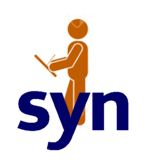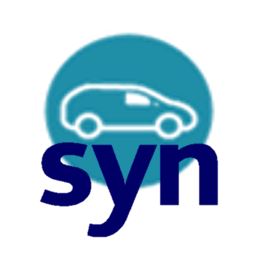Title Page
-
Conducted On
-
Prepared by
-
Location
-
Name of Auditee
Driving Behaviors - 360° Scanning
-
Driver regularly scans ahead, behind and to both sides (360°) while driving.
-
Driver checks the rear and side view mirrors every 6 - 8 seconds.
-
Driver reacts early to hazards by covering the brake or moving to another lane.
-
Driver continues 360° scanning for hazards even when the vehicle is stopped.
-
Driver scans 360° and turns to look over his/her shoulder while backing the vehicle.
-
Driver understands, and follows road signs without fail.
Driving Behaviors - Following Distance
-
Driver always maintans at least a "2 - second" following distance on the highway and in city traffic.
-
Driver increases the following distance to 4 - 8 seconds in bad weather and/or road conditions.
-
Driver increases the following distance to avoid tailgating.
-
Driver quickly drops back to a safe following distance if another vehicle cuts in ahead.
-
When the driver stops, the driver can clearly see the rear tyres of the vehicle ahead touching the road/pavement.
-
Driver keeps the headlights on low - beam at all times so his/her vehicle is visible to others.
Driving Behaviors - Intersections
-
Driver slows down, checks cross traffic, and covers the brake before passing through intersections.
-
Driver avoids entering intersections on yellow or a stale green light (light about to turn yellow)
-
Driver signals his/her intention to turn/change lanes well in advance. (i.e. indicates atleast 5 to 7 seconds and does 360° scanning before changing lanes)
-
Driver waits 2 seconds before entering an intersection after the light turns green.
-
At intersections, the driver yields, if his vehicles arrives simultaneously with others.
Driving Behaviors - Braking
-
Driver uses "ready brake" whenever there is a potential problem ahead.
-
Driver uses "30% braking" to bring the car to a smooth stop in normal braking conditions.
Comments
-
Comments








